Search Images
Browse Content (p. 1079)

Image
The Wedding of Empress Zoe and Michael IV the Paphlagonian
The Wedding of Empress Zoe and Michael IV the Paphlagonian.
History of John Skylitzes, Skyllitzes Matritensis, Biblioteca Nacional de España, Madrid.
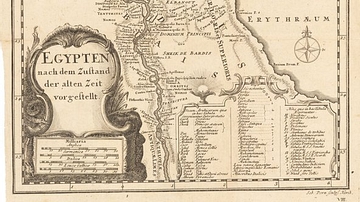
Image
Map of Ancient Egypt, 1746 CE
This map of Egypt with information from ancient times is labeled in Latin. It shows the course of the Nile from Ancient Ethiopia and Philae all the way to the Mediterranean Sea. Place names from Hellenistic times appear in addition to Arabic...
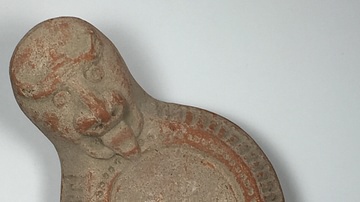
Image
Egyptian Oil Lamp
This is a terracotta oil lamp with orange clay and dull orange slip. It features a hollow handle in the form of a gorgon's head. This is a decorative example of the type of oil lamp that was used to light one’s home. 2nd century CE. Provided...
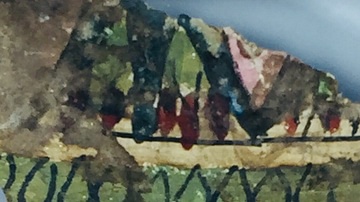
Image
Cartonnage Depicting a Baboon
This piece is a fragment of cartonnage, or heavy layered papyrus and plaster, used in the process of mummification. The decorative and colorful scene depicts a baboon, in the ceremonial weighing of the heart. 1500-1000 BCE. Provided as...
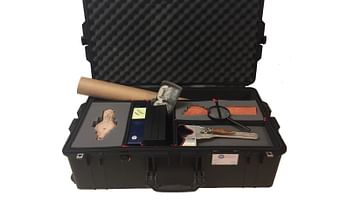
Image
Traveling Classroom History Exhibit
Traveling Classroom History Exhibit provided by the History in Your Hands Foundation.
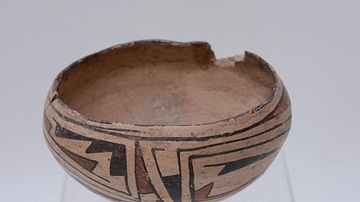
Image
Pottery Bowl from Casas Grandes (Paquimé), Mexico
This pottery bowl comes from Casas Grandes (also known as "Paquimé"), which is located in what's present-day Chihuahua, Mexico. It is made from clay and dates to c. 1250-1400 CE. Casas Grandes was one of the largest and most complex culture...

Image
Statue of Zeus at Olympia
A silver tetradrachm from the reign of Alexander the Great (336-323 BCE) showing the statue of Zeus at Olympia (dedicated c. 430 BCE). (Corfu Bank Museum, Corfu)

Image
Hermitage Replica of the Statue of Zeus at Olympia
The statue in the Hermitage Museum St. Petersburg which imitates the now lost statue of Zeus at Olympia (dedicated c. 430 BCE), one of the Seven Wonders of the Ancient World.
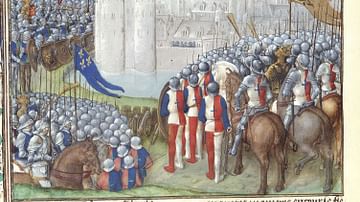
Image
Siege of Damascus, 1148 CE
A 15th century CE manuscript illustration depicting the siege of Damascus in 1148 CE during the Second Crusade (1147-1149 CE). (Chronique d'Ernoul et de Bernard le Trésorier, British Library, London)
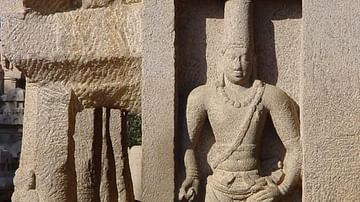
Image
King Narasimhavarman I
A statue of the Pallava king Narasimhavarman I (630-655 CE). A well-renowned warrior, (Mamalla or Mahamalla/Mahabali), one of his significant military victories was the defeat of the Vatapi Chalukya king Pulakeshin II in 642 CE. Narasimhavarman...